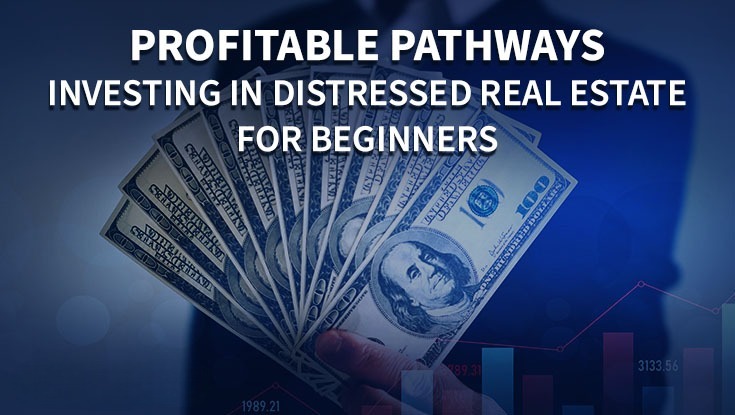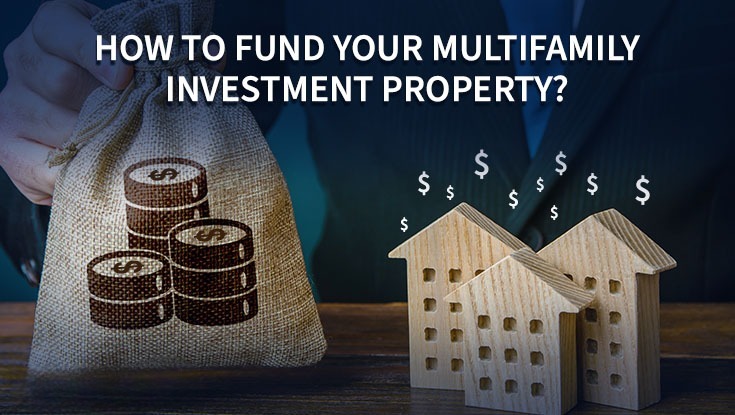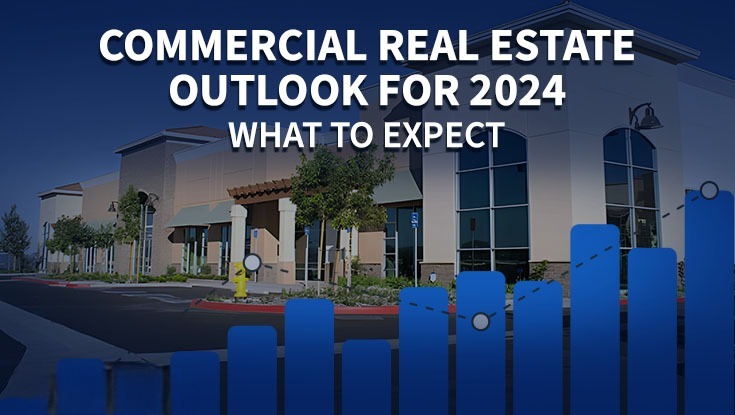Introduction
Investing in distressed real estate can be lucrative, especially for beginners looking to enter the real estate market. This guide will provide valuable insights and strategies to help you embark on your journey into real estate distressed properties and distressed multifamily investing.
What is Distressed Real Estate?
Distressed real estate refers to properties in financial distress or foreclosure. These properties can be a goldmine for investors who know how to navigate the market. Investing in distressed real estate offers the potential for significant returns, but it also comes with challenges and risks.
The Profitable Pathways
This section will explore the various profitable pathways to investing in distressed real estate for beginners. These pathways include:
Conducting Market Research
Real Estate Distressed Properties: Research the local real estate market to identify areas with a high concentration of distressed properties. Understanding market trends and conditions is crucial for making informed investment decisions.Building a Network
Distressed Multifamily Investing: Networking is essential in the real estate industry. Connect with real estate agents, property managers, and other investors who specialize in distressed properties. They can provide valuable insights and opportunities.Financing Options
Financing Your Investment: Explore various financing options for distressed real estate investments. This may include traditional loans, hard money loans, or private investors. Choose the option that aligns with your financial goals.Due Diligence
Diligence Matters: Before investing, conduct thorough due diligence. Inspect the property, review its history, and assess the potential repair costs. Being diligent can save you from costly surprises.Negotiating Deals
The Art of Negotiation: Negotiation skills are vital in the distressed real estate market. Be prepared to negotiate with sellers, banks, and other stakeholders to secure favorable deals.Renovation and Repairs
Revamping Distressed Properties: Often, distressed properties require significant renovations and repairs. Learn how to create a budget and manage the renovation process efficiently.Property Management
Managing Your Investments: Effective property management is essential if you’re investing in multifamily distressed properties. Consider hiring a property management company or acquiring the necessary skills.Exit Strategies
Planning Your Exit: Have a clear exit strategy in mind. Decide whether you want to hold the property for rental income, fix and flip, or sell it once it appreciates.Legal Considerations
Legal Aspects of Real Estate: Familiarize yourself with the legal aspects of real estate investing. Understand local laws, regulations, and eviction procedures to protect your investments.Risk Management
Mitigating Risks: Investing in distressed real estate comes with risks. Learn how to reduce these risks through careful planning and diversification.Monitoring the Market
Stay Informed: Continuously monitor the real estate market and economic conditions. Being aware of changes can help you adapt your investment strategies.Building Your Portfolio
Expanding Your Investments: As you gain experience and confidence, consider expanding your distressed real estate portfolio. Diversification can lead to more tremendous financial success.
FAQs
Q: What is the potential return on investment (ROI) for distressed real estate?
A: The ROI for distressed real estate can vary widely depending on the property and market conditions. However, it’s not uncommon to see substantial returns, sometimes exceeding 20% or more.
Q: Is distressed multifamily investing suitable for beginners?
A: While it can be more complex, distressed multifamily investing is suitable for beginners willing to try to learn and build a strong foundation in real estate.
Q: How can I finance my distressed real estate investment with a limited budget?
A: Consider options like partnering with other investors, using creative financing methods, or exploring government programs to assist real estate investors.
Q: What are the common pitfalls to avoid in distressed real estate investing?
A: Common pitfalls include underestimating renovation costs, failing to conduct thorough due diligence, and needing a clear exit strategy. Proper planning can help you avoid these pitfalls.
Q: Are there tax benefits to investing in distressed real estate?
A: There can be tax advantages to investing in distressed real estate, such as depreciation deductions and tax credits. Consult a tax professional to maximize these benefits.
Q: How do I identify distressed properties in my local area?
A: Look for signs of distress, such as properties with overgrown lawns, boarded-up windows, or unpaid property taxes. You can also work with real estate agents who specialize in distressed properties.
About StoutCap
StoutCap is dedicated to empowering accredited investors to build passive income and wealth through multifamily real estate investments. As a privately held real estate investment firm, we operate on a nationwide platform, strategically acquiring and expertly managing multifamily assets across high-growth markets throughout the United States. Our mission is to provide our clients with the opportunities and expertise they need to achieve their financial goals in the dynamic world of real estate investing. Discover the potential of multifamily real estate with StoutCap.
Conclusion
Investing in distressed real estate for beginners can be profitable with the proper knowledge and strategies. By following the profitable pathways outlined in this guide and staying informed, you can navigate the world of real estate distressed properties and achieve success in your investments.
Explore Value-Add Strategies for Accredited Investors in Distressed Multifamily Investing. Discover proven techniques to enhance the potential of multifamily real estate investments, offering accredited investors valuable insights and opportunities in a challenging market.





